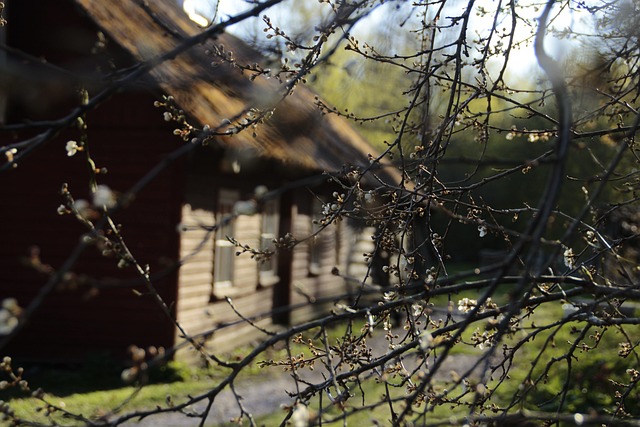
Perhaps the feeling of independence is what makes having an off-grid property so charming.
Feeling reassured comes from knowing that you can always support yourself and your family independently, without depending on the grid.
It is easily preferable to the crowded city atmosphere for me. It is a place where I can simplify and reconnect with nature.
I firmly believe that fostering a connection with nature truly enhances your mental well-being.
Before proceeding, it is important to consider whether you are establishing an off-grid property for permanent residency or simply utilizing it as a vacation retreat.
What are the crucial items on an off-grid property?
You may not realize it, but there are numerous small needs we have that will each require their own shed, tool, or technique.
Without wasting any time, let’s delve into it immediately.
Introduction to Off-Grid Living
Off-grid living is when individuals or communities live independently from the conventional power grid, meaning they don’t depend on electricity from utility companies or other centralized sources. This lifestyle entails being self-sufficient in terms of energy, water, and food production, as well as managing waste and other basic needs without relying on public services.
Are there different forms gridless living can take?
When we think about living off the grid, we often imagine a secluded cabin surrounded by vast expanses of nature. This scenario allows for the possibility of creating a prepper hideout tailored to one’s preferences. However, the reality is that there are numerous ways to live off the grid, with different levels of commitment. Certain individuals may opt for complete off-grid living in distant areas, while others may blend off-grid principles into their city or suburban existence. Such integration can involve producing electricity using solar or wind power, collecting rainwater, and cultivating one’s own food.




